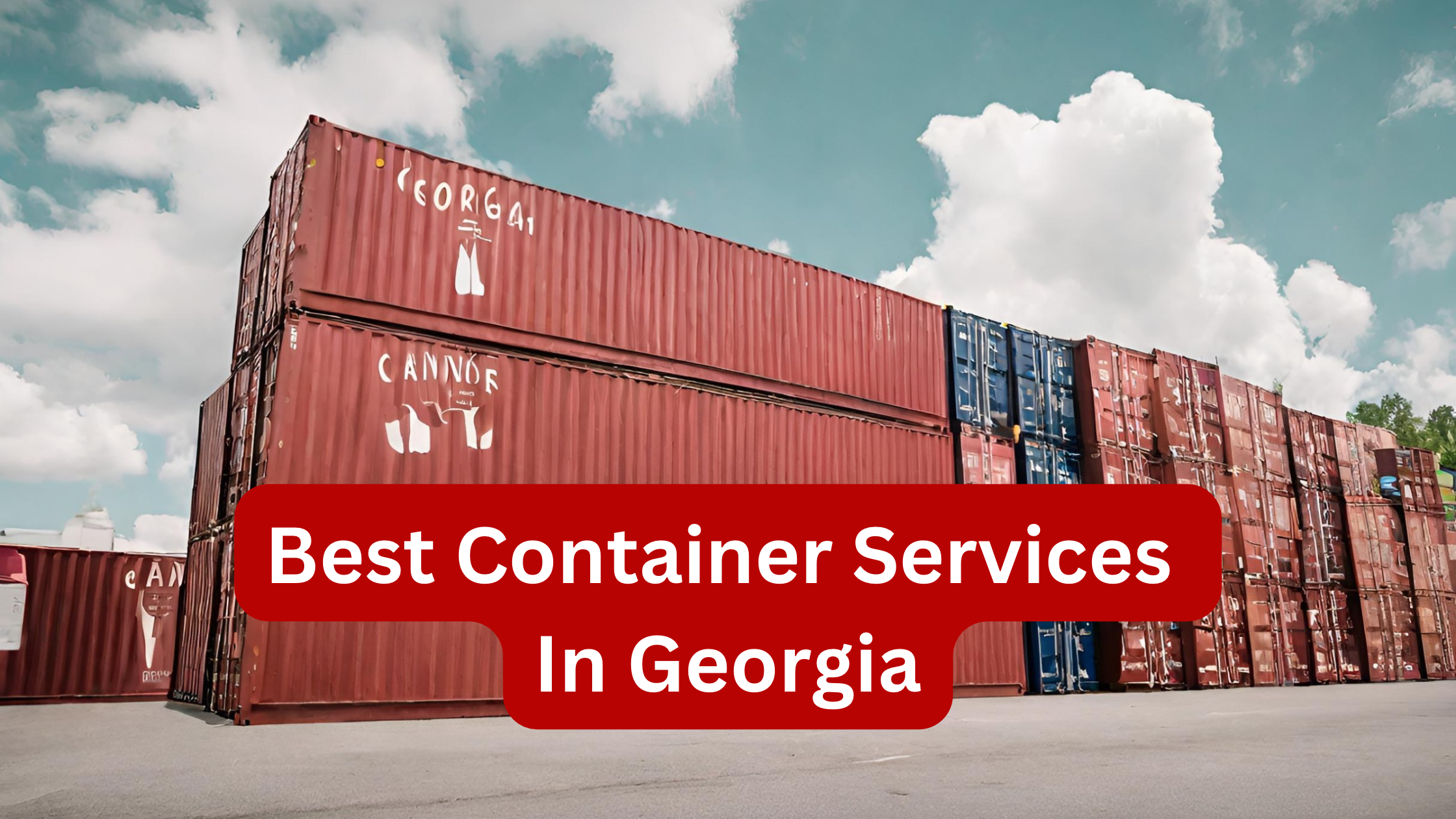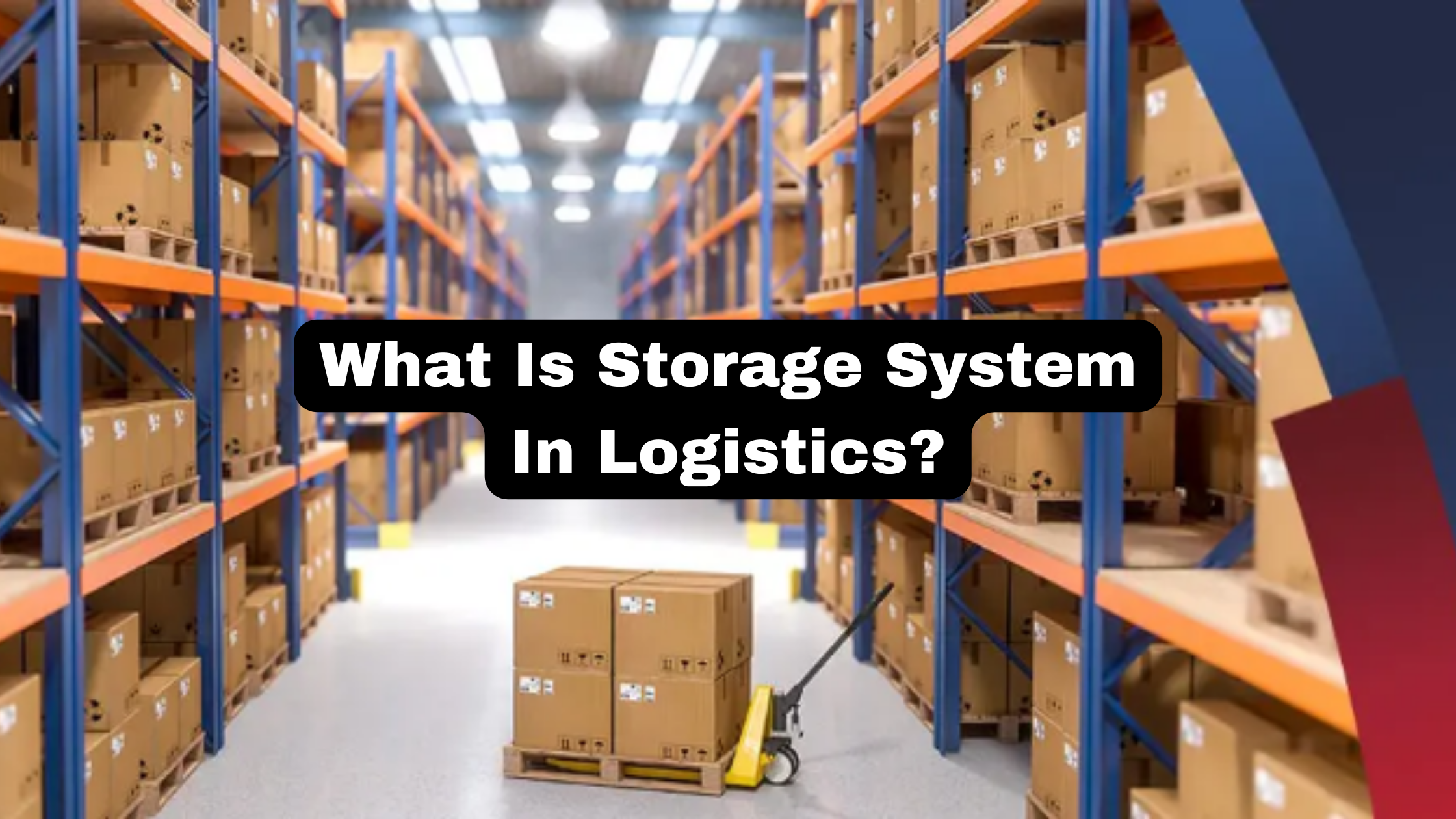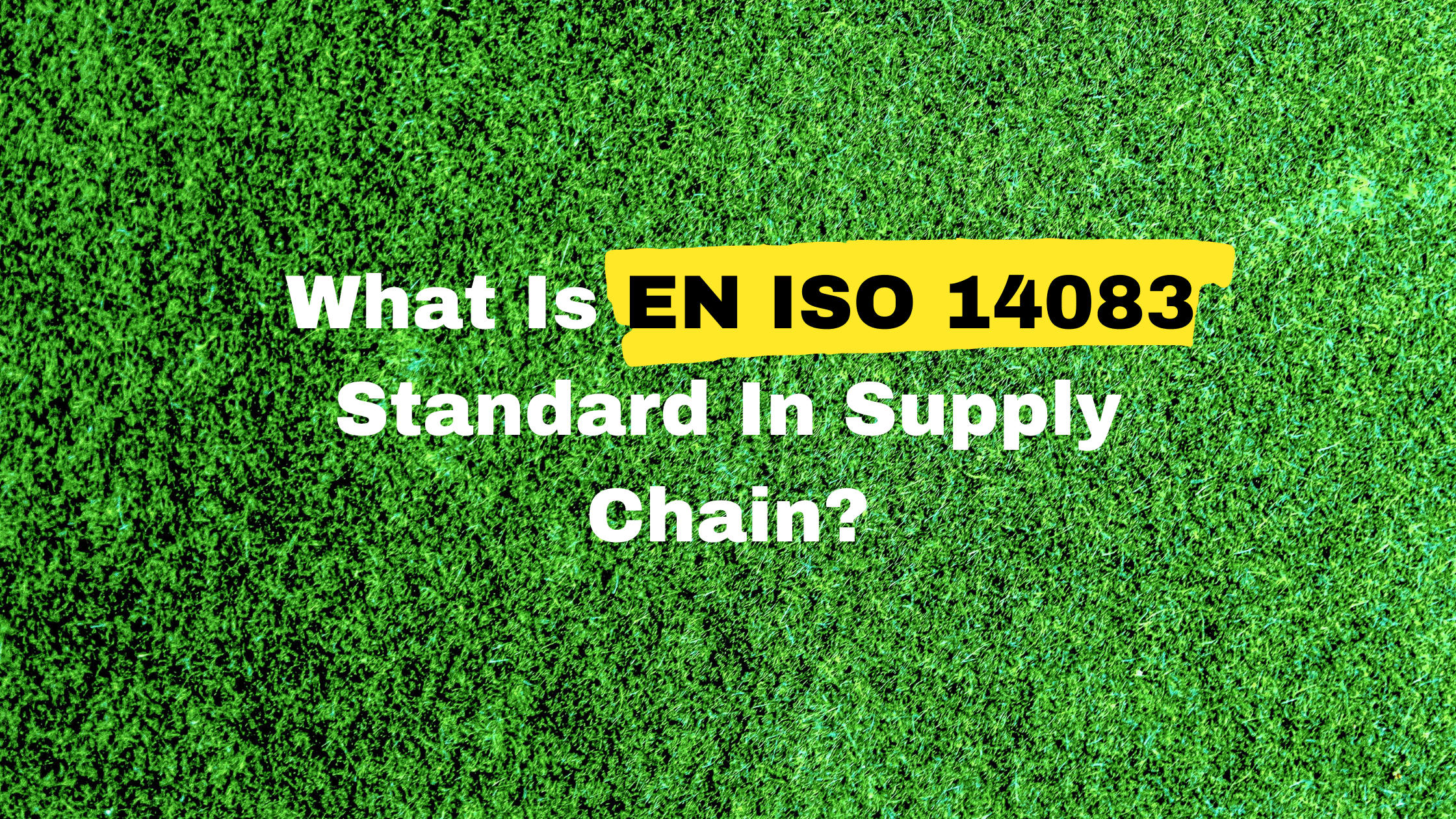Transporting hazardous chemicals (hazmat) is a dangerous and difficult task that demands extreme caution and strict adherence to rules.
Hazmat refers to a wide range of hazardous substances, including chemicals, flammable liquids, explosives, and radioactive materials. Despite stringent safety procedures, hazmat transport poses a number of issues that can jeopardize safety, the environment, and regulatory compliance.
However, when these commodities are moved, they may cause harm to humans, living beings, and the environment. Companies transporting such products must ensure safe transportation by adhering to the norms and regulations established by national and international regulatory organizations in order to avoid unfavorable scenarios.
Today, we’ll take a deeper dive into this topic and see what are some of the most common issues that transporters face while transporting these materials and what some of the most common mistakes are made and how we can solve them.
Improper Packaging and Labeling
Improper packing and labeling is one of the most common problems in hazardous shipments. Hazmat products must be stored in containers particularly constructed to resist the qualities of the substance and avoid leakage or reaction. Furthermore, effective labeling with danger communication symbols, identifying numbers, and shipping names is critical for the safety of everyone engaged in the transportation chain.
Implement thorough training programs for hazardous transport employees. This should include suitable packing procedures, container compatibility, and labeling accuracy. Regular audits and quality checks can assist guarantee that packaging and labeling standards are met.
Inadequate Handling Procedures
Accidents, spills, and leaks can occur when hazardous chemicals are handled improperly during loading, unloading, and transit. This problem might emerge due to a lack of training, insufficient equipment, or a failure to follow established guidelines.
Establish stringent hazardous shipment handling protocols and rules. Hold frequent training sessions to teach employees correct handling skills and safety regulations. To reduce the dangers connected with handling, use safety precautions such as loading ramps, spill containment kits, and secure tie-downs.
Regulatory Non-Compliance
Various bodies, including the Department of Transportation (DOT), the International Air Transit Association (IATA), and the International Maritime Dangerous Goods (IMDG) Code, strictly control hazmat transit. Noncompliance with these standards can result in fines, legal ramifications, and safety dangers.
Maintain current rules and ensure that all staff involved in hazardous transport understand regulatory obligations. Audit transportation operations on a regular basis to detect any compliance gaps and take corrective action as soon as possible.
Inadequate Training and Awareness
The complexities of hazardous transport necessitate extensive training for all those involved, including drivers, loaders, and handlers. Mishandling, delays, and accidents can all result from a lack of sufficient training.
Invest in comprehensive training programs that include all areas of hazardous materials transport, such as classification, packing, labeling, emergency response, and compliance. Update training materials on a regular basis to reflect any changes in rules or industry best practices.
Emergency Response Preparedness
If hazmat transport difficulties are not addressed swiftly, they can grow into crises. Inadequate response to accidents, spills, leaks, or fires can aggravate the situation and harm people and the environment.
Create and practice hazmat-specific emergency response strategies on a regular basis. Ensure that all staff understand what to do in an emergency and have access to proper safety equipment and supplies.
Vehicle and Equipment Maintenance
Hazmat transport trucks must be properly maintained to avoid breakdowns, leaks, and accidents on the road. Failure to undertake regular inspections and maintenance might jeopardize the transport process’s integrity.
Establish a strict maintenance schedule for transportation vehicles and equipment. Inspect cars on a regular basis for leaks, dents, and malfunctions. Any faults should be corrected as soon as possible to avoid potential dangers during travel.
Conclusion
Hazardous material transportation necessitates rigorous attention to detail, obedience to rules, and a strong commitment to safety. Addressing typical hazardous transport challenges necessitates a complete approach that includes adequate training, regulatory compliance, well-defined handling protocols, and emergency response readiness.
The hazardous transport business can safeguard the safety of people, preserve the environment, and maintain the integrity of the transportation process by proactively addressing these difficulties and adopting effective solutions.








